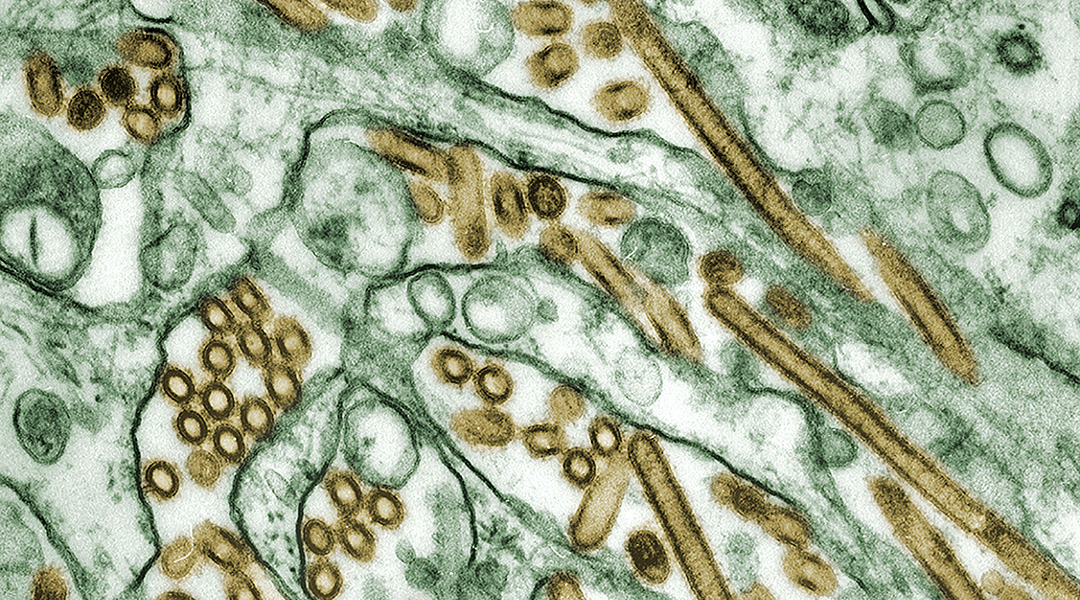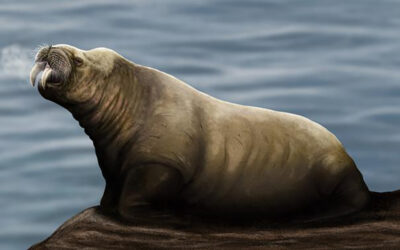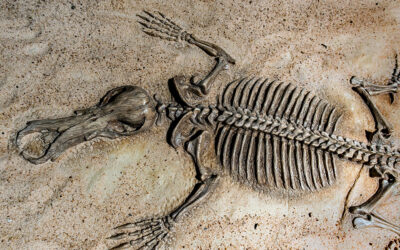Nearly 10% of animal DNA is a genetic throwback to a viral infection of the past. Now, a recent study reports that an artifact of an ancient infection — a viral gene incorporated into the genome long ago — regulates the early stages of embryo development in mice.
In the past, these viral relics were dismissed as junk DNA, but over time this view has changed. The new findings published in Science Advances demonstrate that viral genes appear to be integral to the development and function of their host organisms.
The link to a viral gene
For years, Nabil Djouder, a researcher at the Spanish National Cancer Research Centre in Madrid, and colleagues have studied the URI gene, which produces a protein that prevents disordered proteins from clumping. Previous research from Djouder’s group found that too much URI can cause cancer in mice, while too little results in organ failure.
Other prefoldin proteins have been shown to be critical to embryonic development of other organisms, even resulting in death when absent. But the URI gene’s role during mouse embryo development has not yet been established.
Djouder and his group suspected that the URI gene might be interacting with a protein sequenced by a viral gene called MERVL called MERVL-gag, demonstrating how ancient viral remnants might be directing embryo development. Using mice embryos, the researchers applied a variety of genetic and biochemical techniques to prove the link between URI and MERVL.
They found that the URI gene is crucial for stable pluripotency in the early stages of development, which is the remarkable ability of certain cells to develop into many different types of cells in the body.
When fertilization occurs, the fertilized egg splits into two cells, each with the potential to form any of the cells, tissues, and organs needed to create a whole organism and placental tissue that is vital for the survival of the embryo — this is called totipotency. As these two cells divide further, they become genetically restricted, resulting in pluripotency, where the cells can no longer form the cells of the placenta.
At the two-cell stage, the embryo has high levels of the MERVL-gag protein. In the absence of URI, the mouse embryo continues to be capable of forming every embryonic and placental cell type.
An important relationship
The team found that the viral protein and URI preferentially bind to each other, but URI also has the ability to bind two factors that drive pluripotency. Initially, when levels of the viral protein are peaking, URI remains captured and unable to bind the pluripotency factors.
“What happens is that they degrade, favoring totipotency,” said Djouder, in an email to Advanced Science News. Conversely, when viral protein levels drop off, URI is freely able to bind the pluripotency factors, preventing their breakdown. “This is how pluripotency emerges,” added Djouder. “MERVL dictates the rhythm in embryo development, specifically during the transition from totipotency to pluripotency.”
Whether these findings hold true for human embryo development, remains to be determined. “Our findings reveal the symbiotic coevolution of endogenous retroviruses with their host cells, ensuring a smooth and timely progression of early embryonic development,” added Djouder.
“Therefore, it is inaccurate to assert that viruses actively shaped the evolution of the host genome; instead, their relationship is dynamic and complex, resulting in various outcomes over evolutionary time, with some viral remnants being repurposed by the host for beneficial functions.”
Reference: Sergio de la Rosa, et al., Endogenous retroviruses shape pluripotency specification in mouse embryos, Science Advances (2024). DOI: 10.1126/sciadv.adk9394
Feature image credit: CDC on Unsplash
















